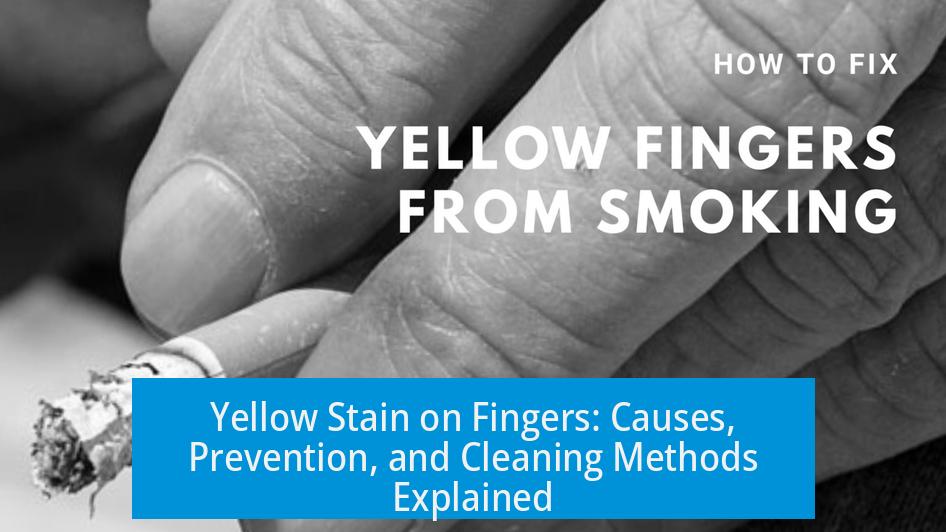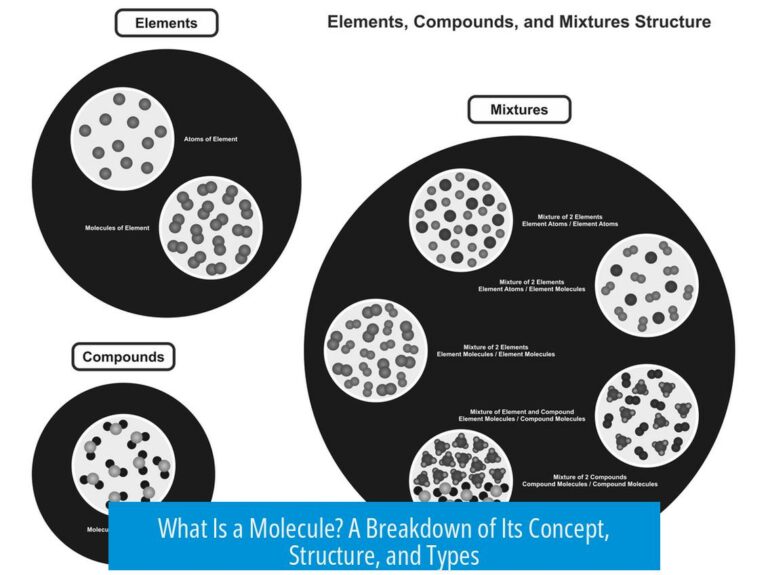Understanding Yellow Stain on Fingers
Yellow stains on fingers mostly occur due to contact with specific chemicals that penetrate protective gloves or directly react with the skin. These stains sometimes emerge in laboratory or chemical work environments. Other sources include food pigments, environmental contaminants, or health conditions. Identifying the root cause depends on exposure, glove use, and visible symptoms.
Chemicals and Laboratory Work as Primary Causes
Nitrile Gloves and Chemical Permeation
Nitrile gloves are common in labs but do not provide universal protection. Several solvents and chemicals bypass nitrile gloves quickly, leading to skin staining.
- Acetone: Easily penetrates nitrile gloves, carrying dissolved compounds like nitroaniline that produce yellow stains.
- Toluene: Studies report permeation through nitrile gloves within 5 minutes, allowing absorption into the skin.
- Furfural: Contact with nitrile gloves contaminated by furfural can leave yellow stains.
The damage to nitrile gloves by these chemicals exposes skin to direct contact, causing visible discoloration.
Nitric Acid (HNO3) Exposure and Staining
Nitric acid causes distinct yellow stains referred to as the xanthoprotein reaction. This reaction occurs when nitric acid interacts with aromatic proteins in the skin, resulting in a lasting yellow coloration.
- Nitrile gloves degrade rapidly upon nitric acid contact, usually within seconds.
- Yellow staining can persist on the skin for days to weeks before fading.
- Hydrogen peroxide sometimes contributes if combined with nitric acid and sweating.
- Diluted nitric acid or aqua regia exposure equally produces this effect.
This staining is often accompanied by skin peeling after several days, but the discoloration itself is temporary.
Other Chemical Candidates
Multiple chemicals encountered in lab work also cause yellow or orange stains on skin:
| Chemical | Common Sources | Stain Description |
|---|---|---|
| p-Nitrophenol | Organic synthesis reagents | Yellow stains similar to nitric acid |
| Picric Acid | Explosives, chemical synthesis | Bright yellow stains |
| Potassium Chromate | Analytical chemicals | Yellow stains on skin |
| Lead Iodide | Inorganic lab work | Yellow discoloration |
| 2,4-Dinitrophenylhydrazine (2,4-DNP) | Organic qualitative tests | Yellow deposits |
| Iodine | Medical, chemical reagent | Yellow to brown stains |
| Titanium Chloride Salts | Metal salts, catalyst preparation | Yellow staining after glove permeation |
Direct contact or glove permeation by these substances explains many cases of yellow finger staining.
Non-Chemical Causes of Yellow Skin Staining
Food-Related Stains
Foods rich in pigments often color fingers temporarily.
- Curry: Contains turmeric, a potent yellow dye.
- Oranges: Citrus oils can stain palms and fingers orange-yellow.
- Snack foods: Items like Doritos or Cheetos often contain food dyes that leave yellow residue.
These stains generally wash off with routine hygiene practices.
Environmental and Miscellaneous Factors
- Pollen: Certain pollen types stain surfaces yellow and can similarly color skin.
- Insects (e.g., stink bugs): Secretions from bugs can leave yellow marks on skin.
- Exposure to X-ray machines: An unlikely cause, but reported in rare anecdotes.
Possible Health Conditions
A yellow tint on fingers sometimes indicates systemic health issues such as jaundice, where liver dysfunction causes bilirubin accumulation.
- Check the whites of the eyes for yellow coloration as a corroborating sign.
- Peeling skin following chemical burns may cause temporary yellow discoloration.
Cleaning and Prevention Strategies
Proper Glove Selection
Choosing the correct protective gloves minimizes chemical permeation and staining.
- Avoid nitrile gloves when working with nitric acid or other penetrating solvents.
- Use specialized gloves resistant to acids, solvents, and specific chemicals involved.
- Double-layering or changing gloves frequently helps maintain protection.
Cleaning Methods
Effective cleaning removes stains and prevents spread.
- Use solvent-based cleaners suitable to chemicals involved (e.g., orange glow detergent).
- Testing a stain under a UV lamp can identify the compound type, guiding cleaner selection.
- Frequent hand washing with appropriate detergents reduces skin residue accumulation.
Summary
- Yellow stains primarily occur after contact with chemicals like nitric acid, acetone, toluene, p-nitrophenol, and titanium salts that permeate protective gloves.
- Nitrile gloves are not chemical-proof and can degrade or allow solvent passage, causing direct skin staining.
- The xanthoprotein reaction is responsible for yellow skin coloration when nitric acid contacts skin proteins.
- Food substances and environmental factors also cause temporary yellow stains on fingers.
- Health conditions such as jaundice can manifest as yellow discoloration of the skin.
- Proper glove use, prompt cleaning, and selecting suitable personal protective equipment reduce staining risks.
Why do yellow stains appear on my fingers after wearing nitrile gloves?
Nitrile gloves can let chemicals like acetone or nitric acid pass through. These chemicals react with your skin, causing yellow stains. Some acids even damage nitrile gloves quickly, leading to skin staining.
Can nitric acid cause yellow stains on skin even if I wear gloves?
Yes. Nitric acid reacts with proteins in your skin, creating a yellow color known as the xanthoprotein reaction. It can also damage nitrile gloves quickly, allowing the acid to reach your skin and stain it.
Are yellow stains on fingers always caused by chemicals?
No. Certain foods like curry, oranges, or snacks like Doritos can create yellow stains. Environmental factors such as pollen or stains from stink bugs may also cause discoloration.
How can I prevent yellow stains on my fingers when handling chemicals?
Use the right gloves for the chemical you work with. Nitrile gloves are not always protective. Wash your hands thoroughly after exposure. Checking glove compatibility with chemicals is important.
Is yellow staining on fingers ever a sign of a health problem?
Sometimes. If yellow stains are unexplained and persistent, jaundice could be a cause. It’s important to observe other symptoms, like yellowing of eyes, and consult a doctor if concerned.





Leave a Comment